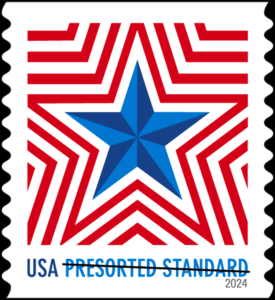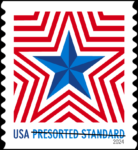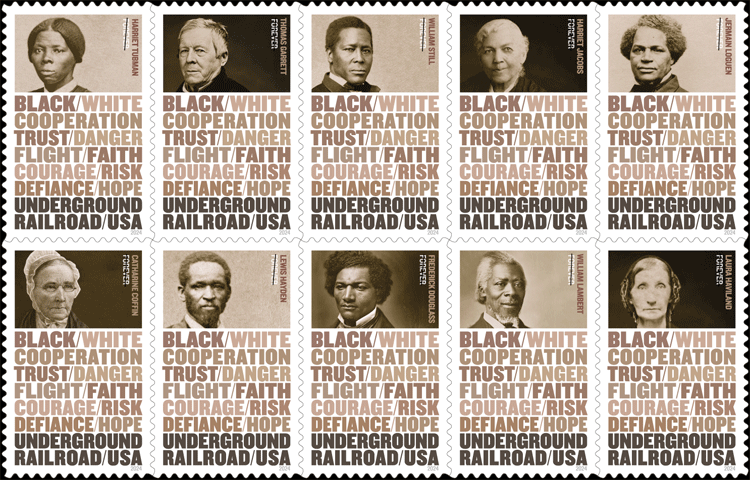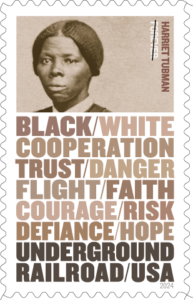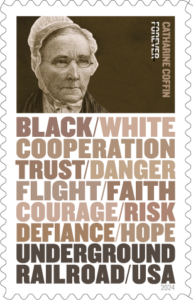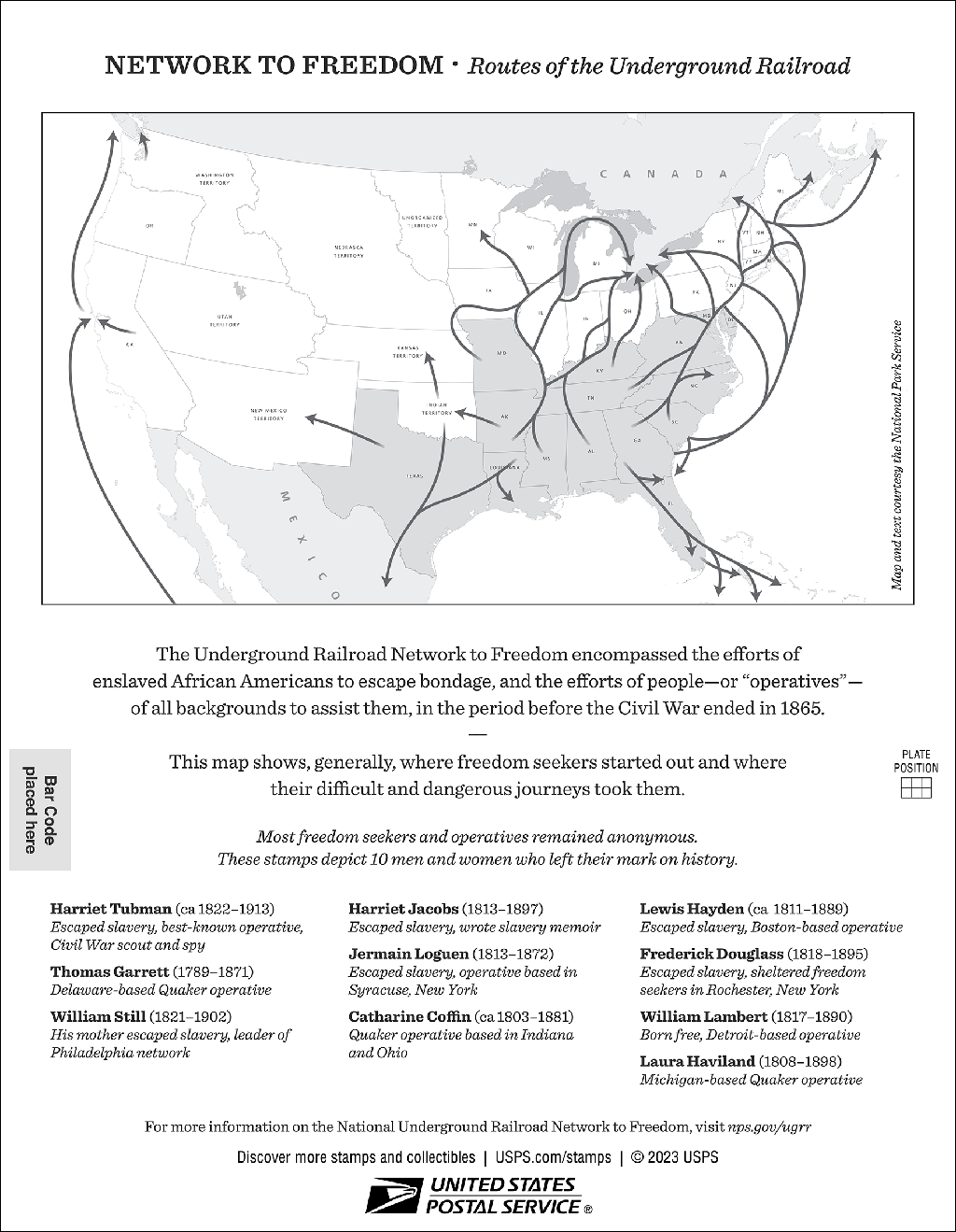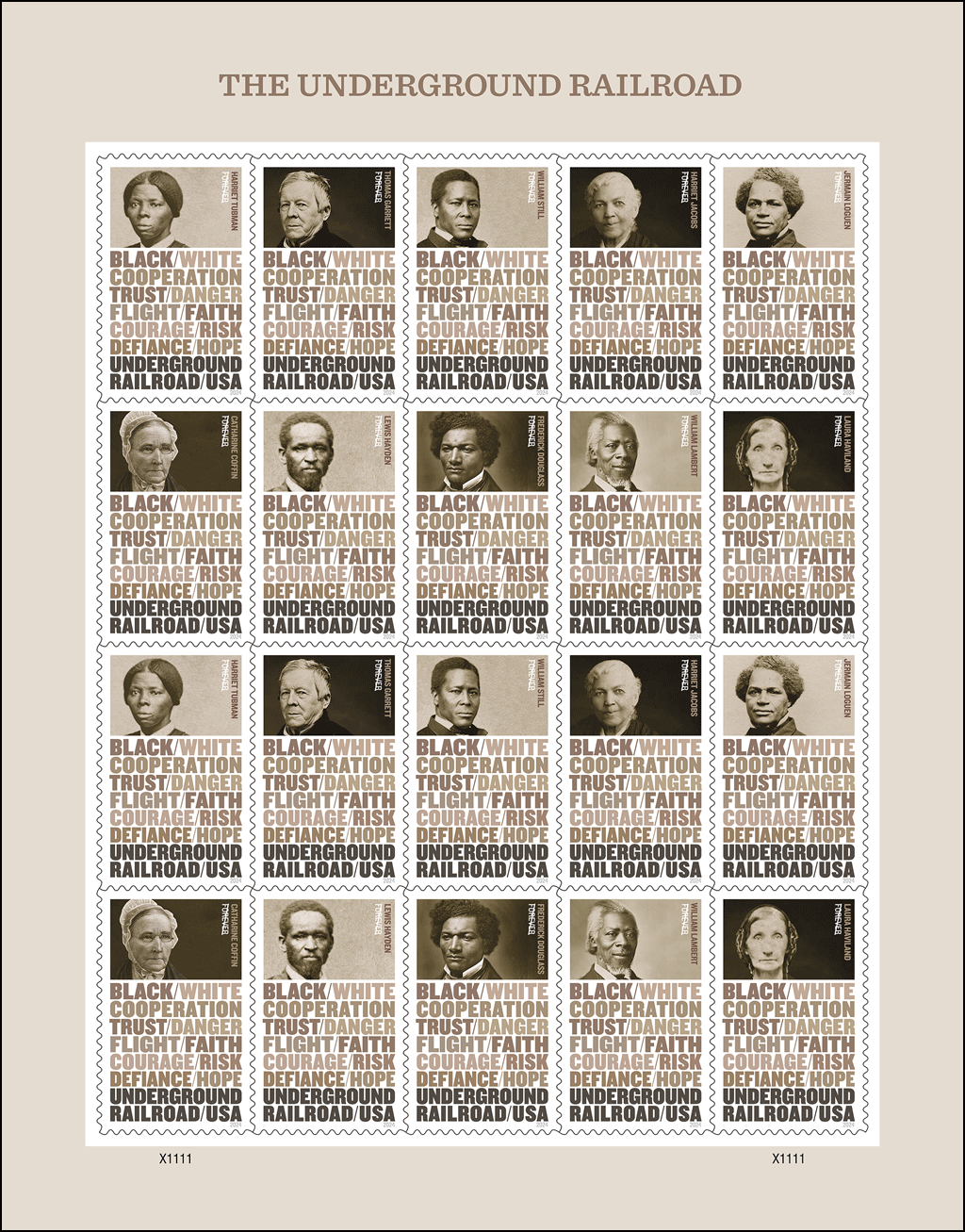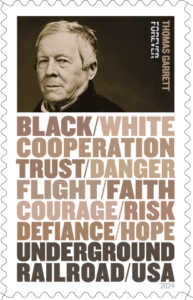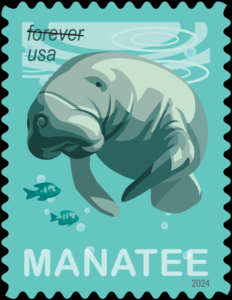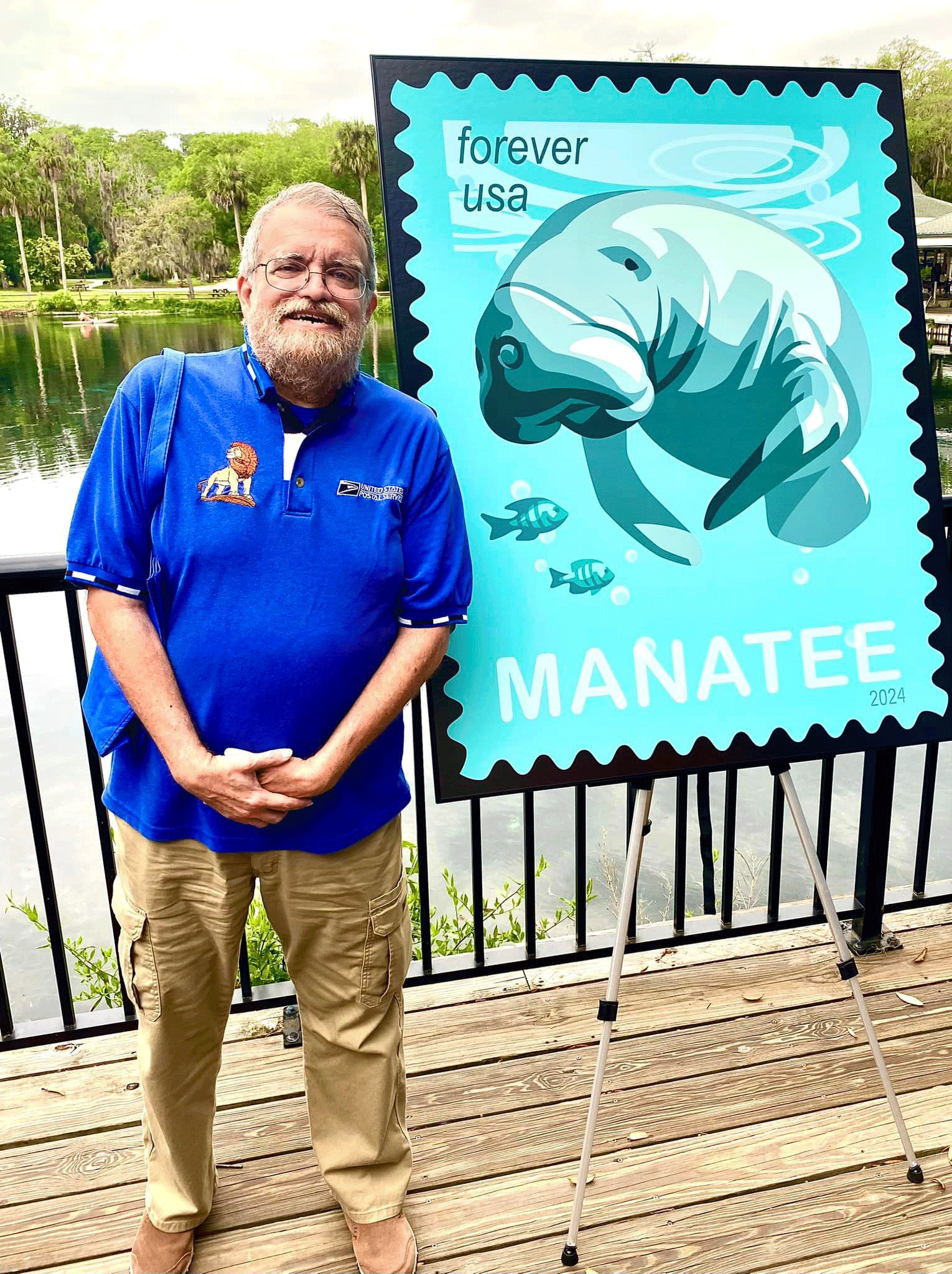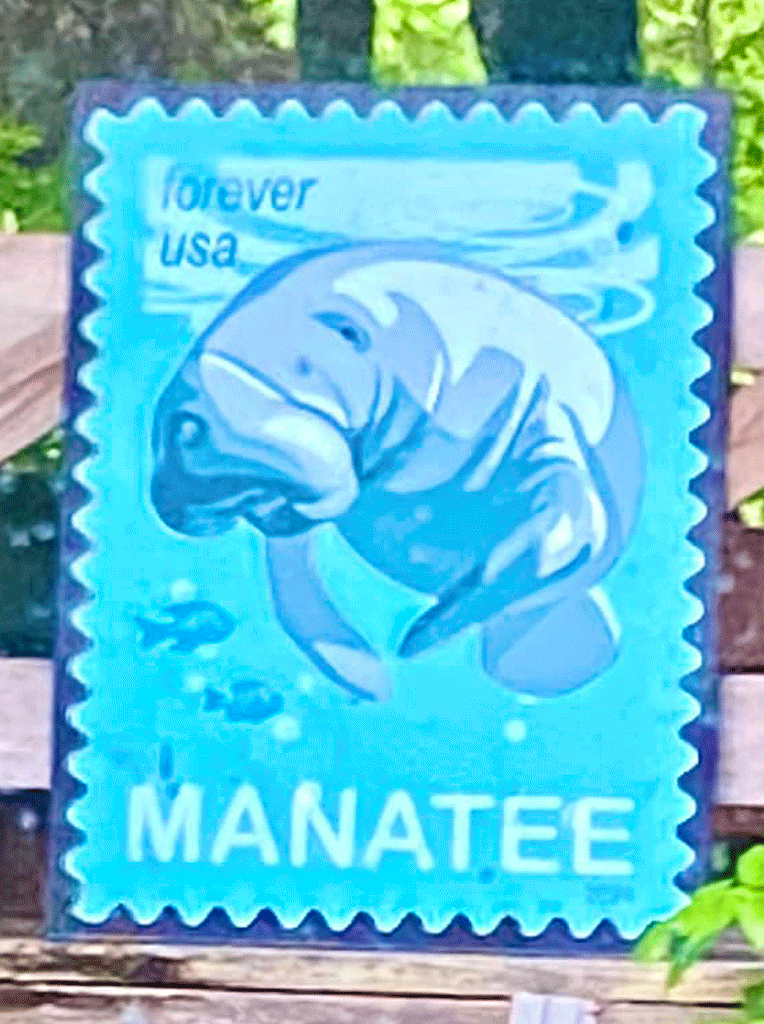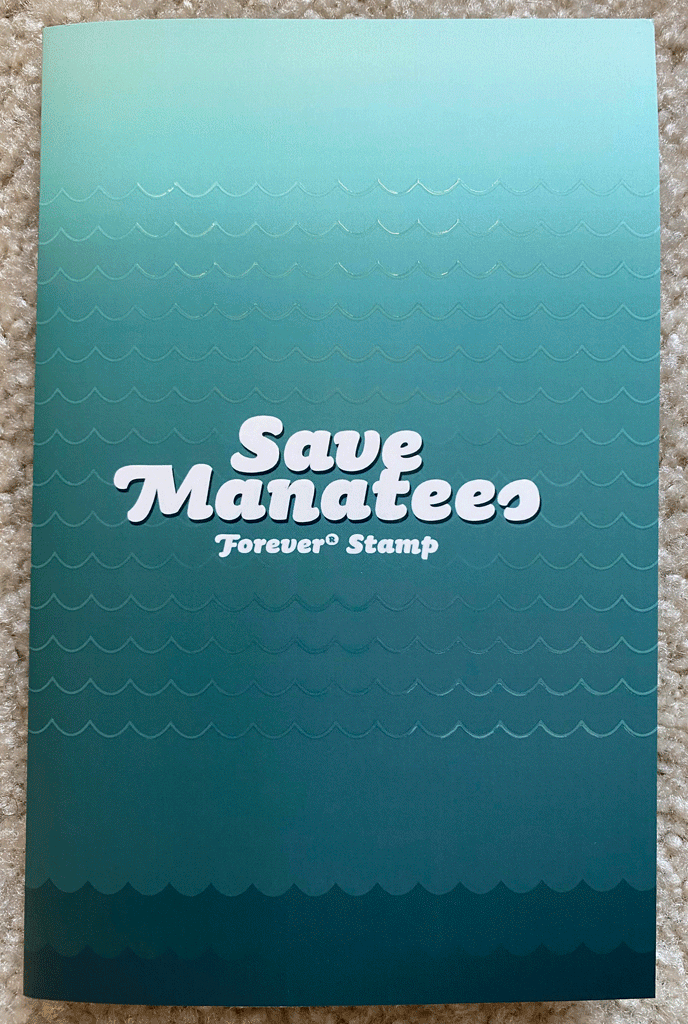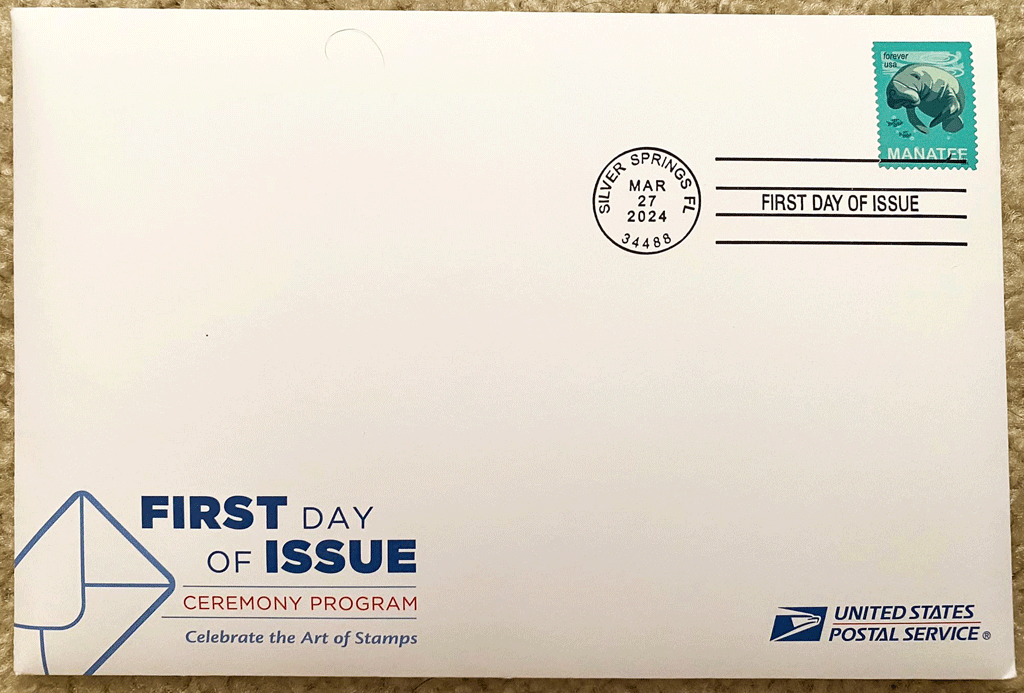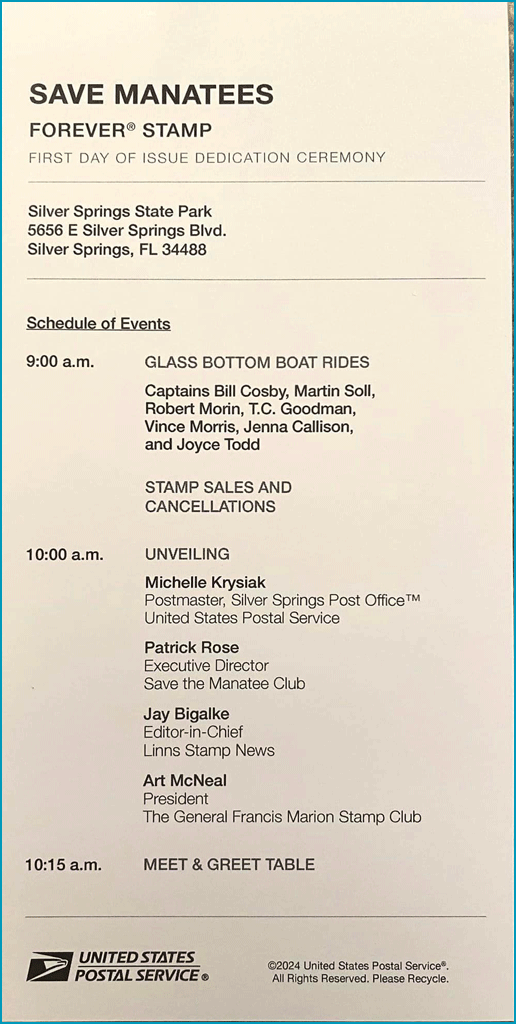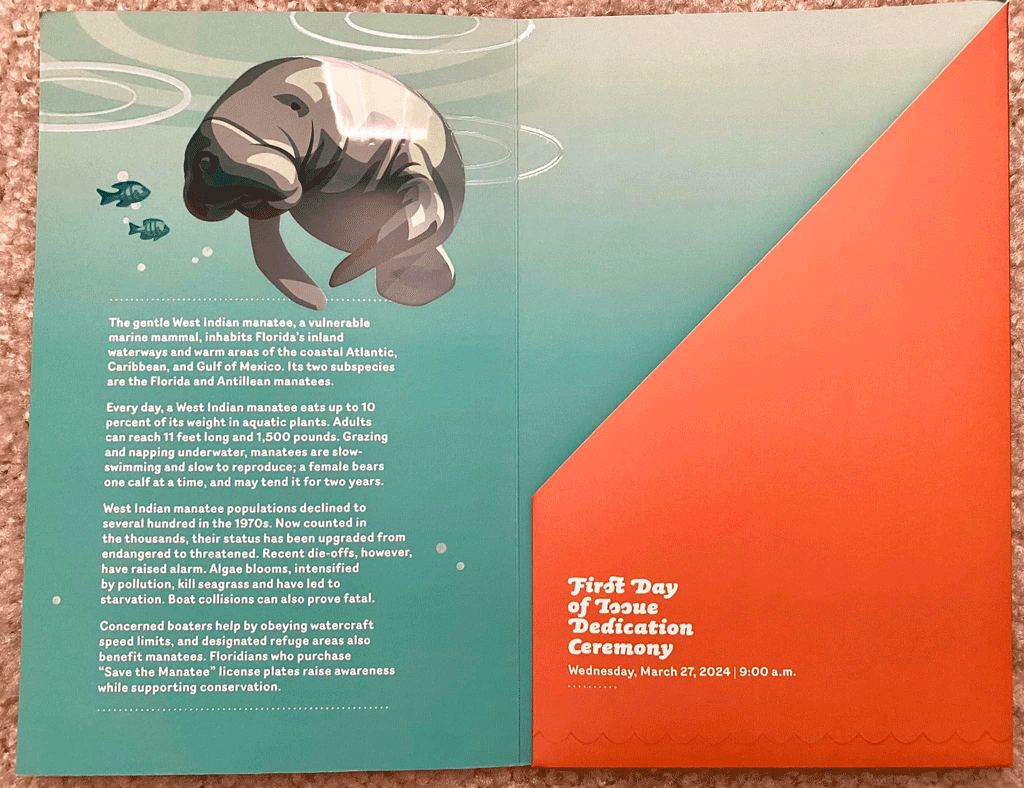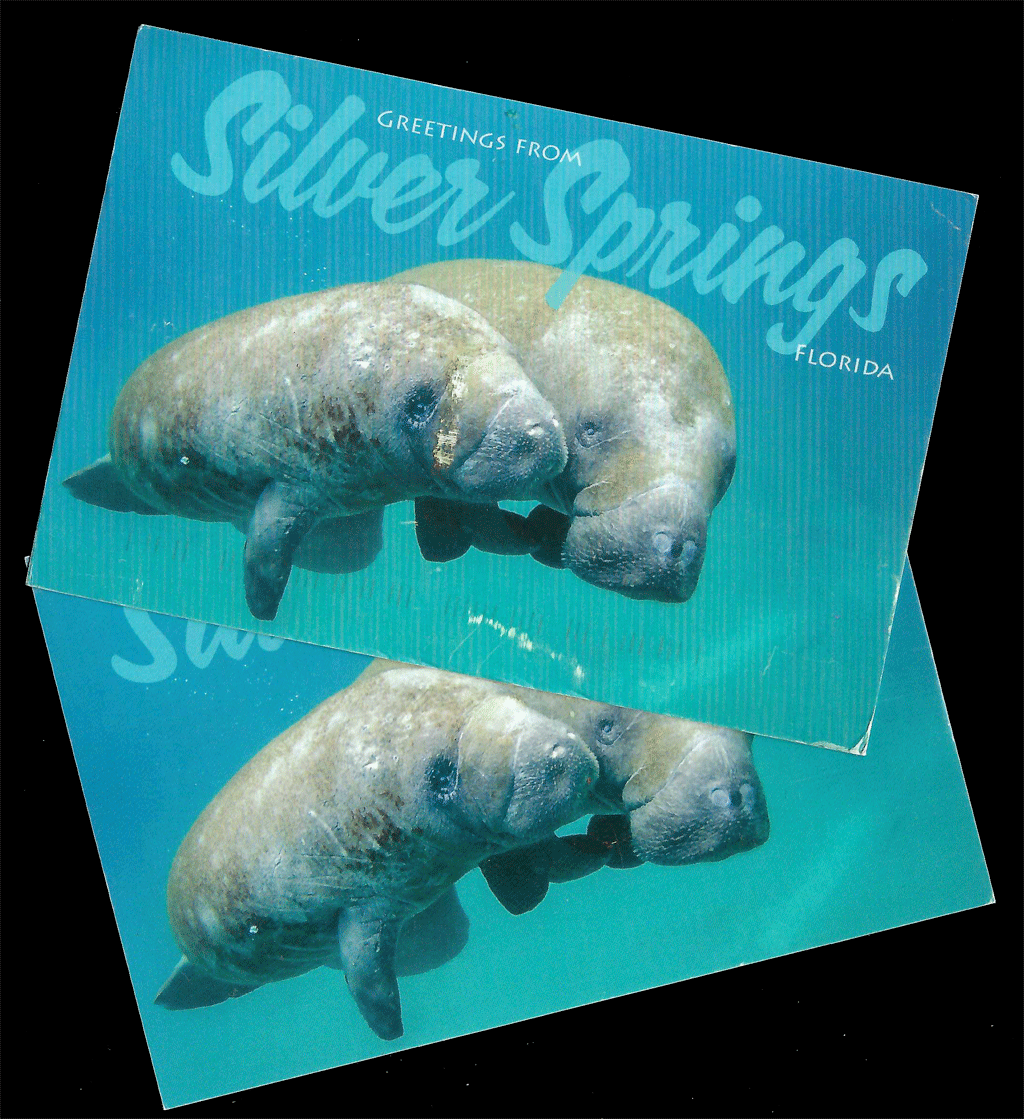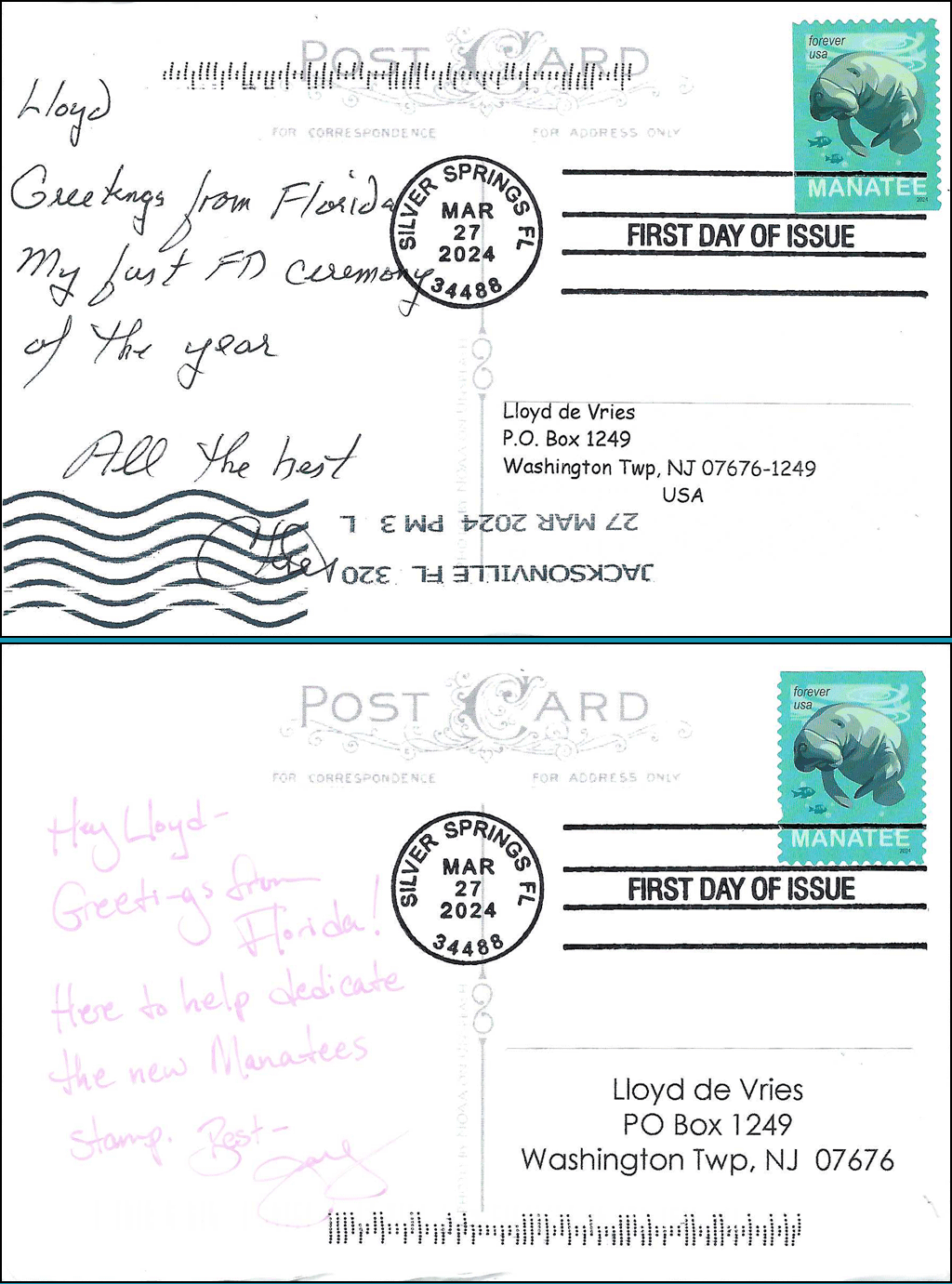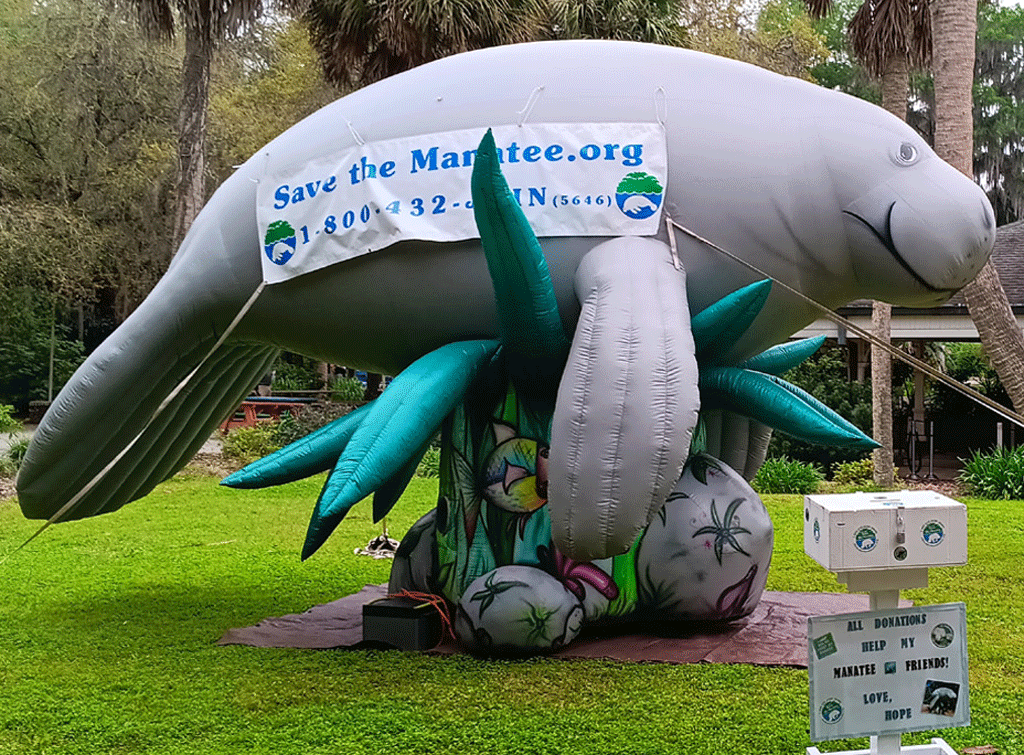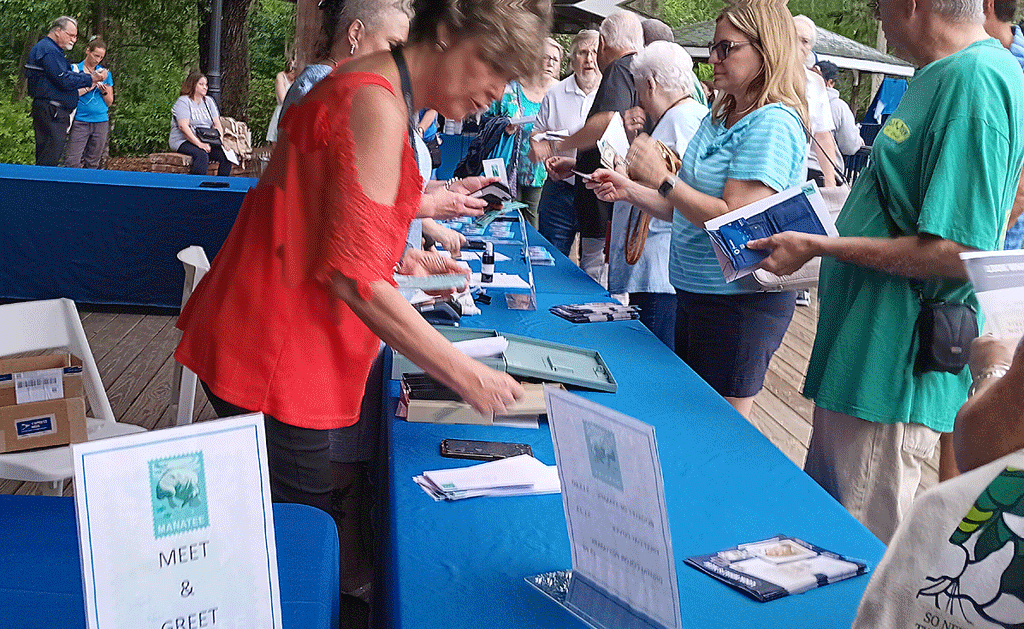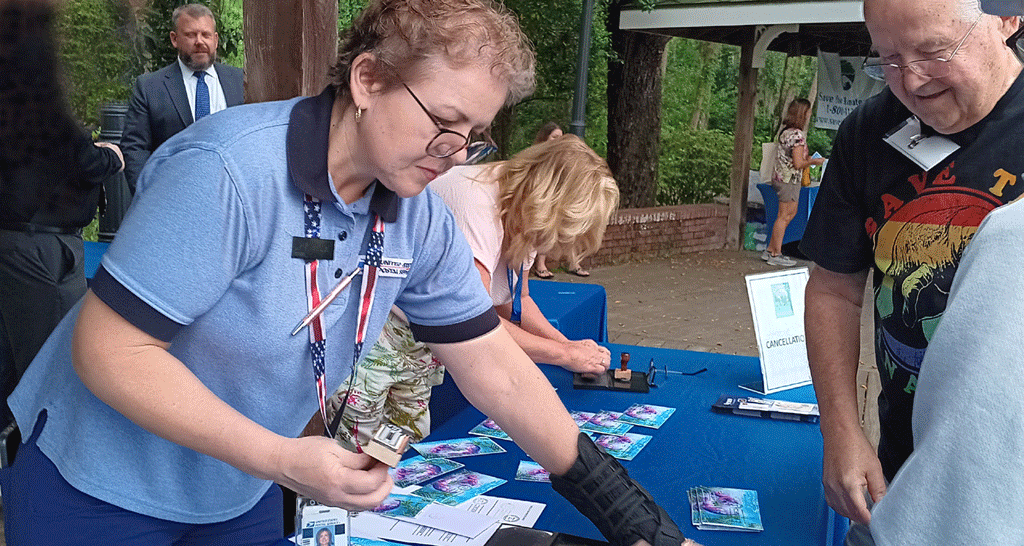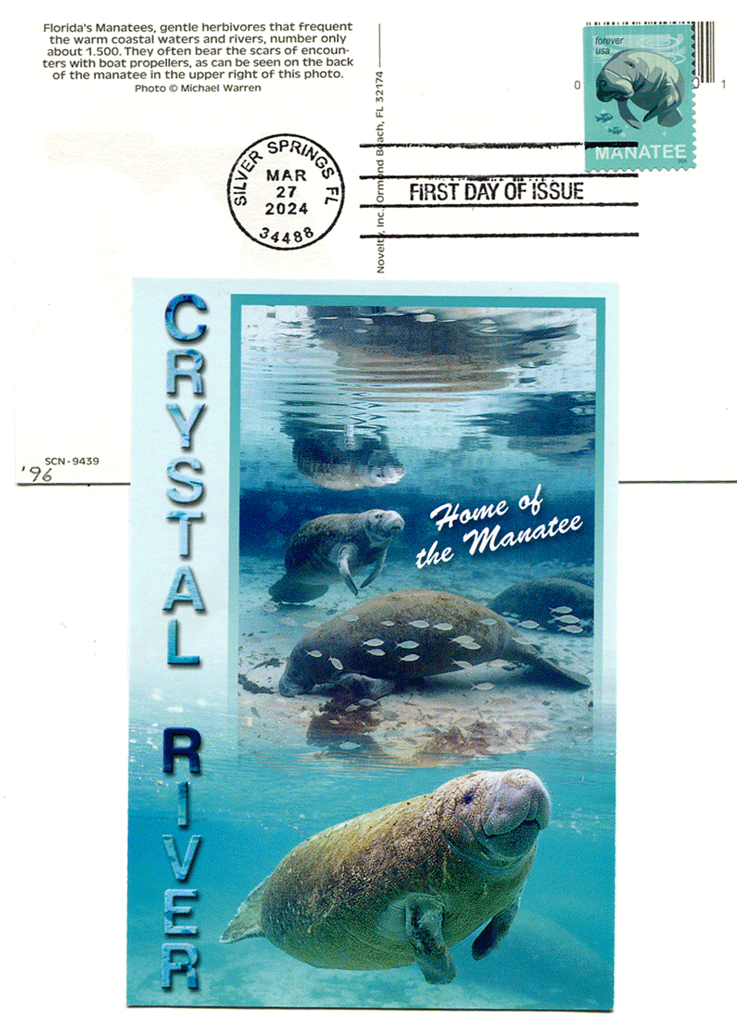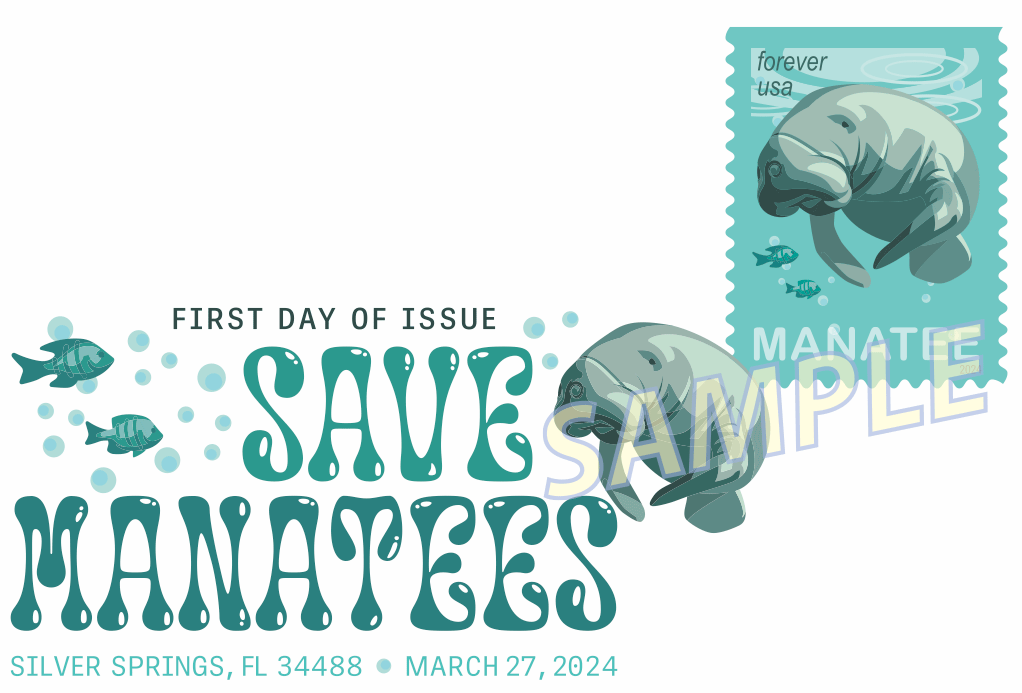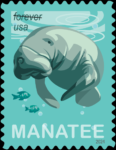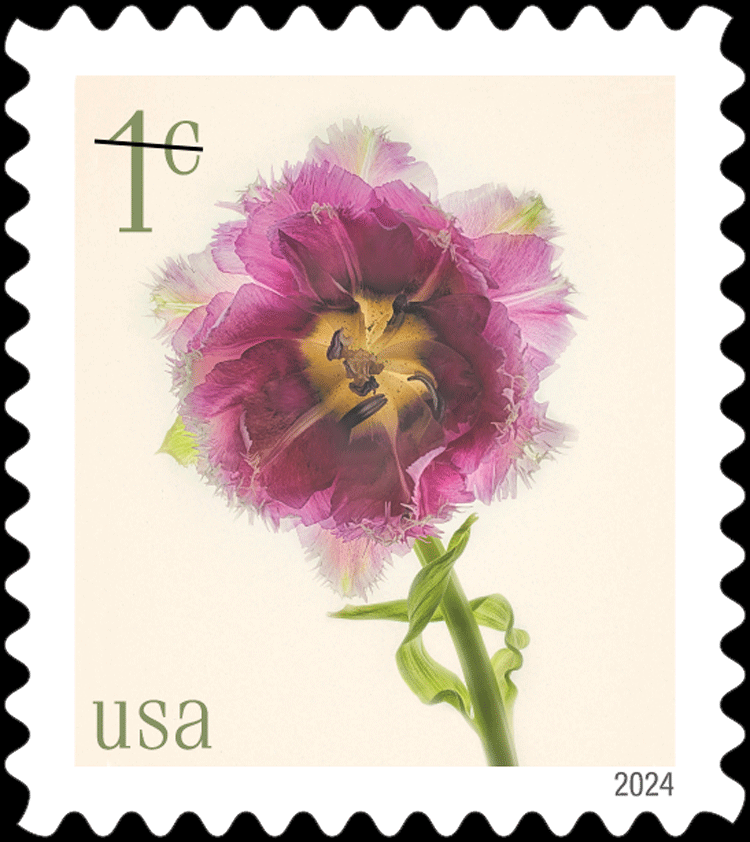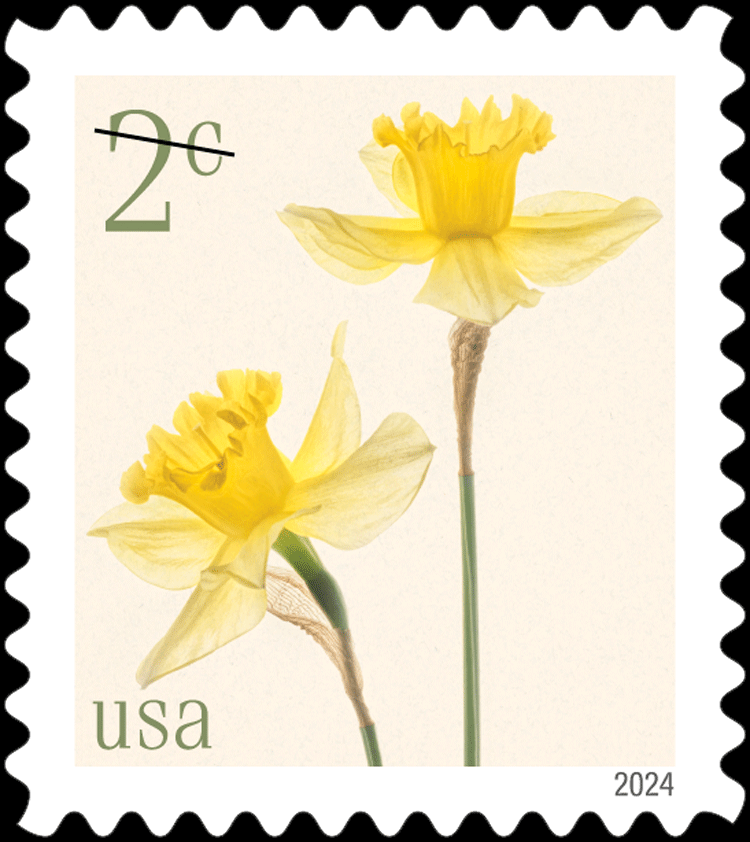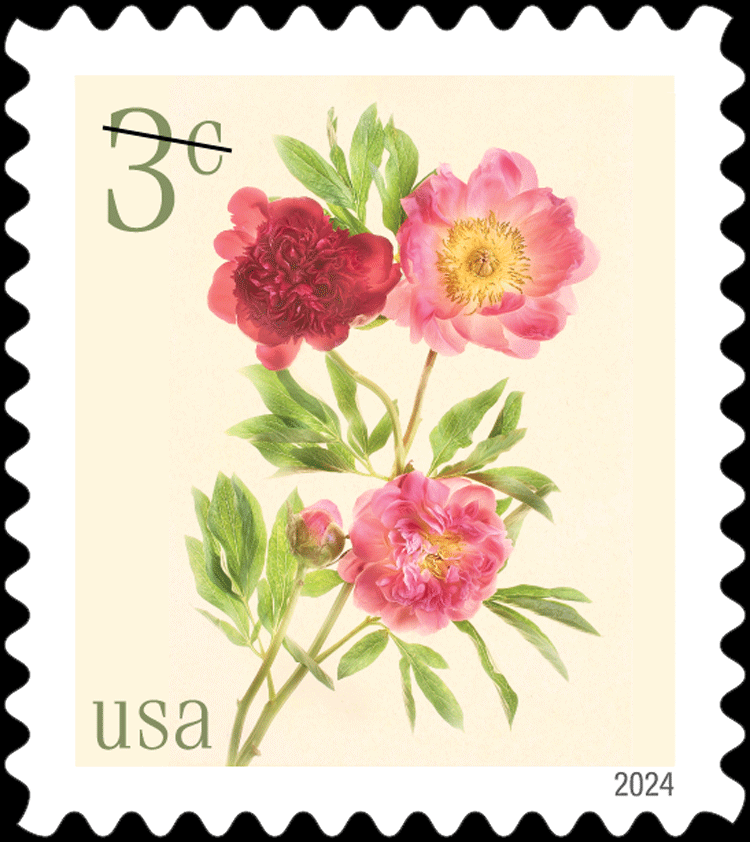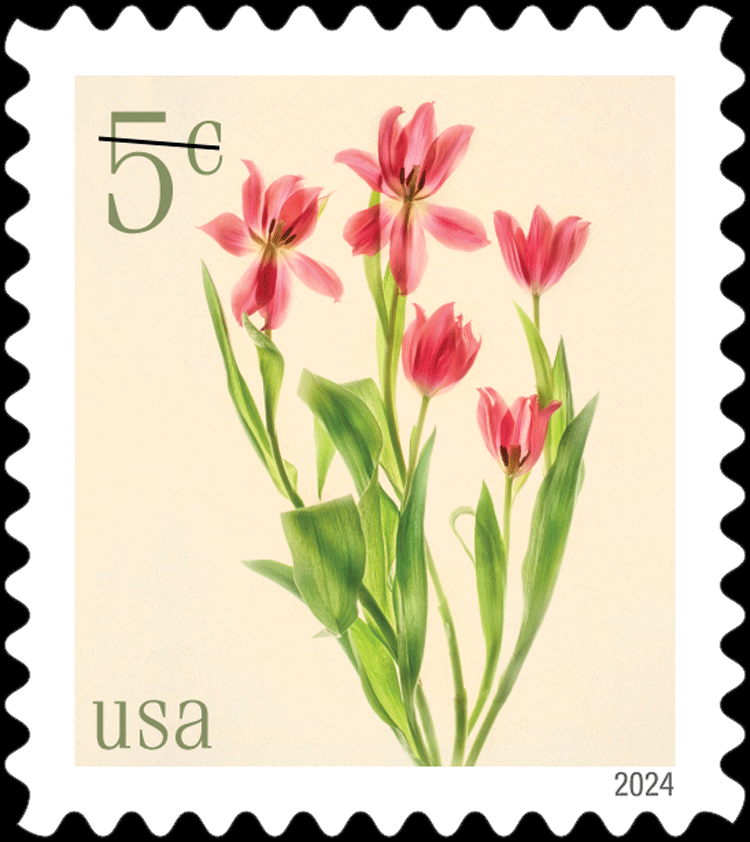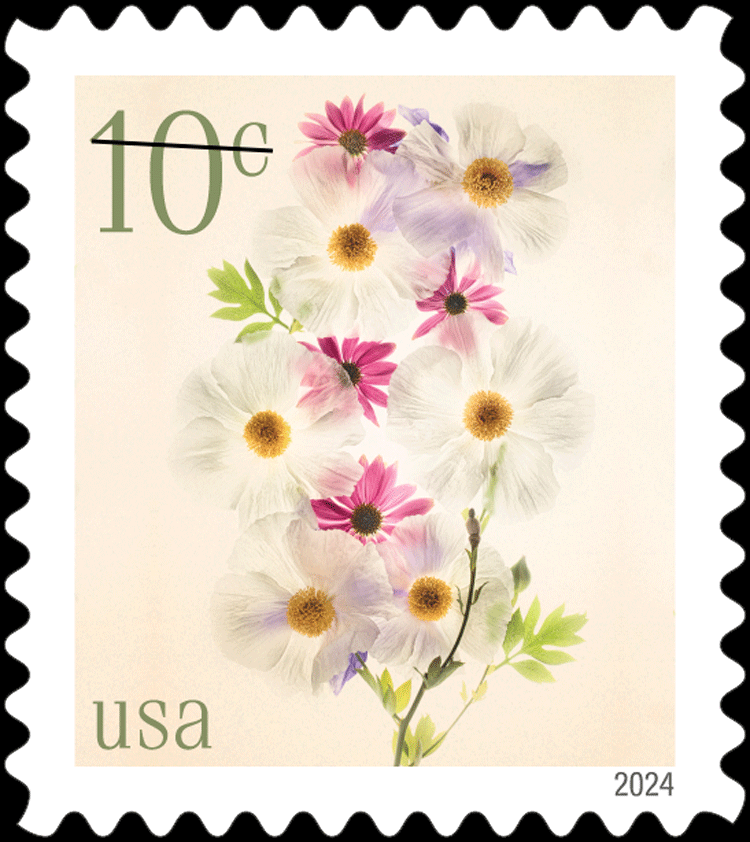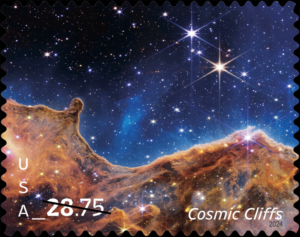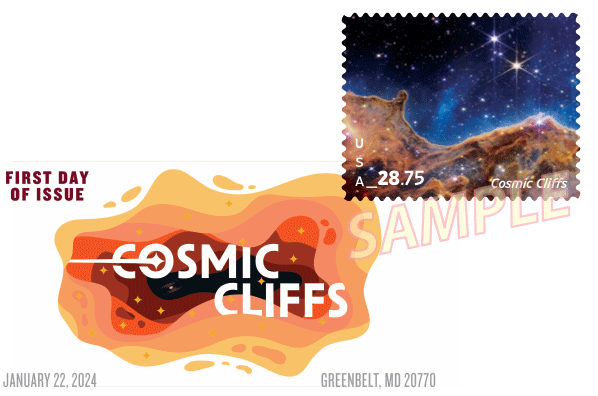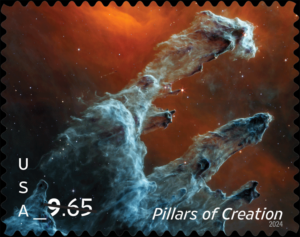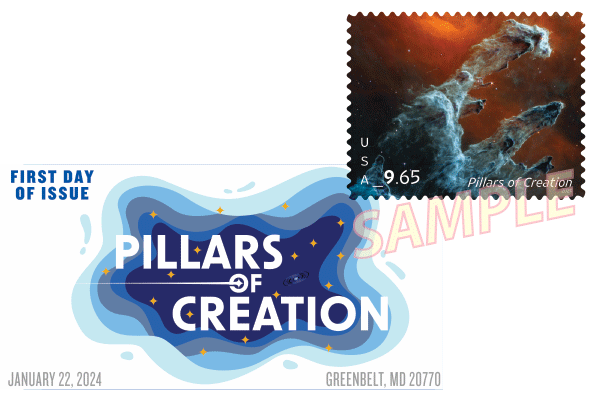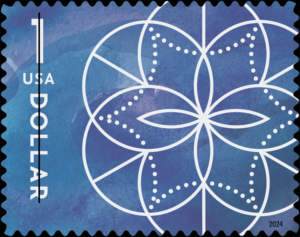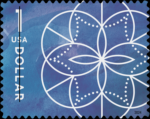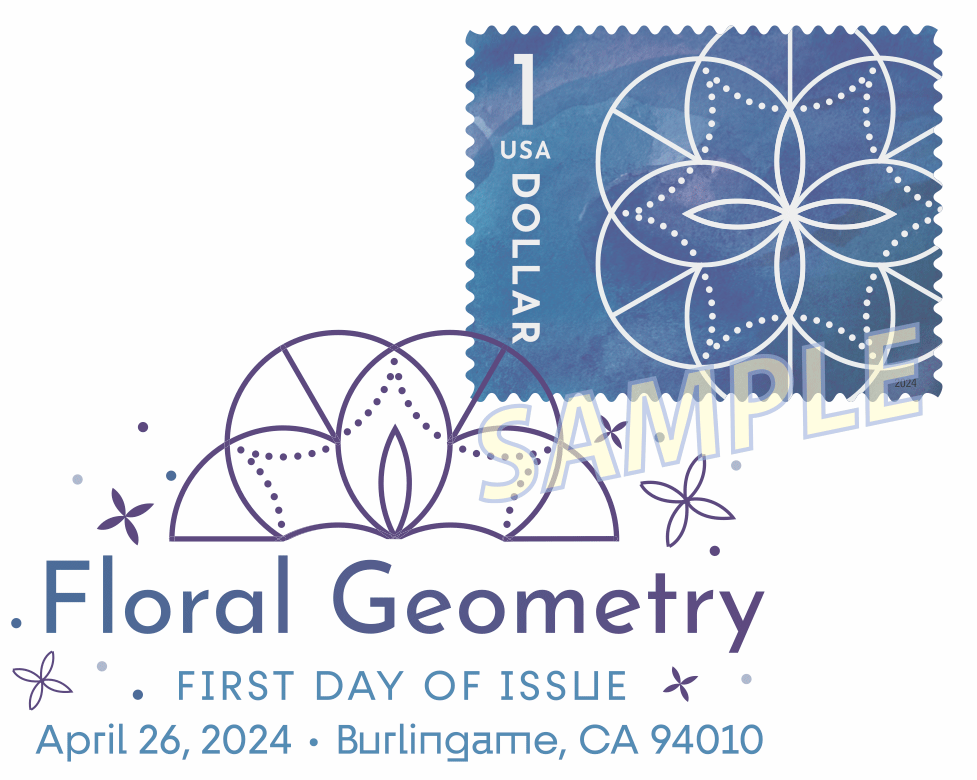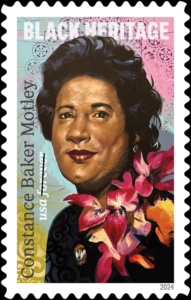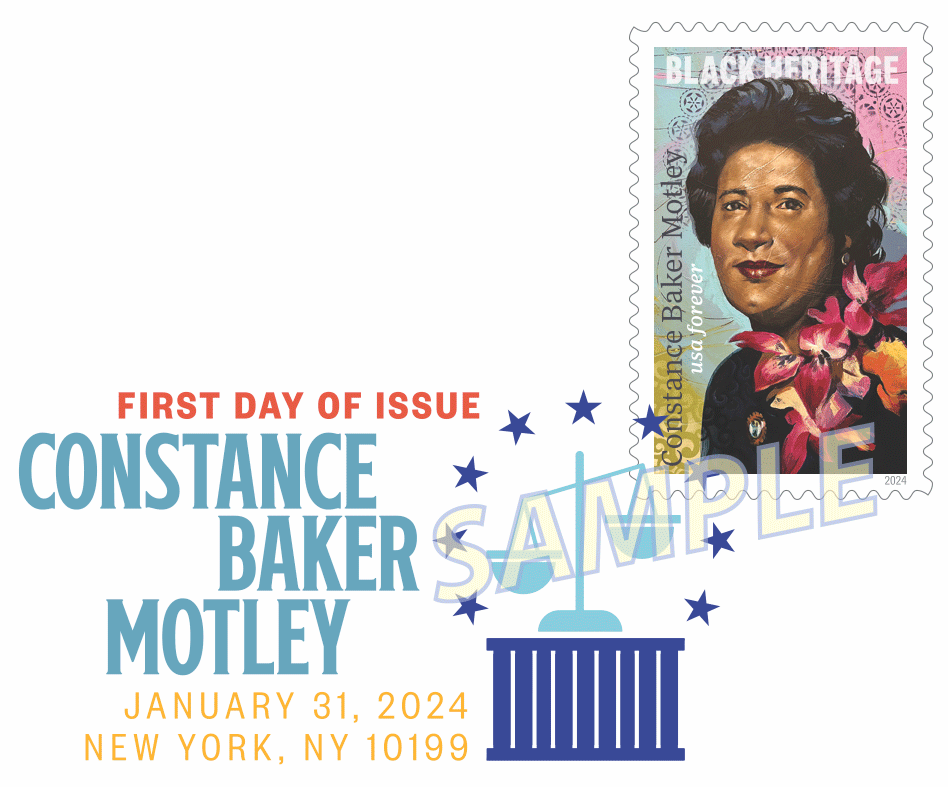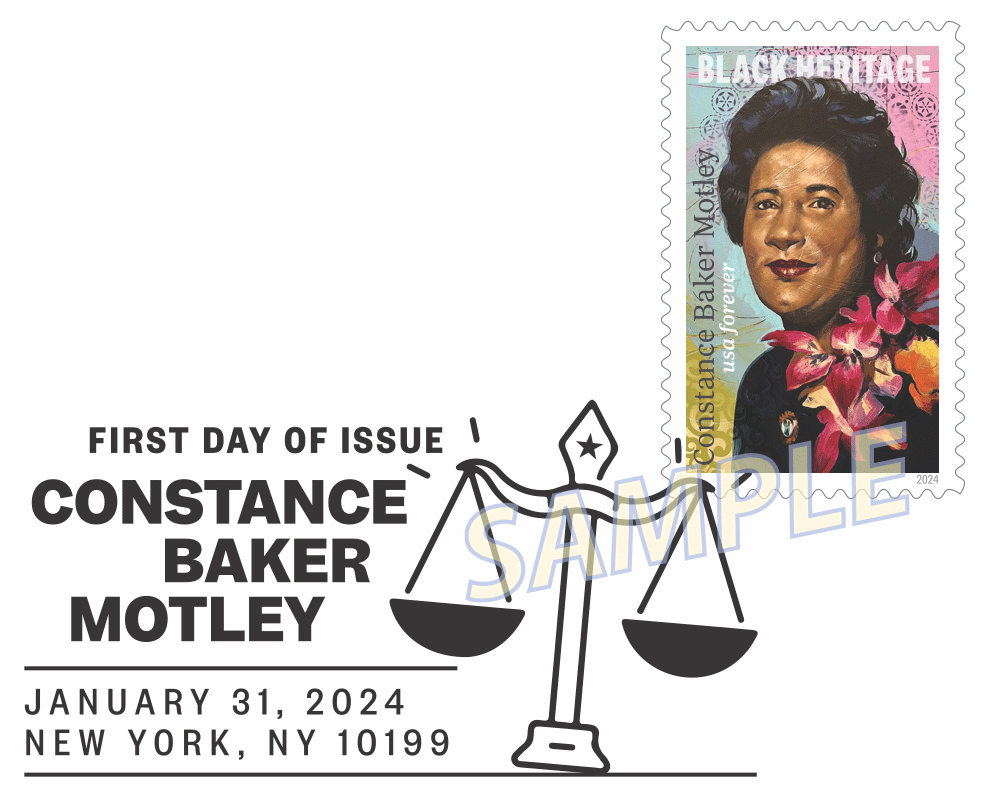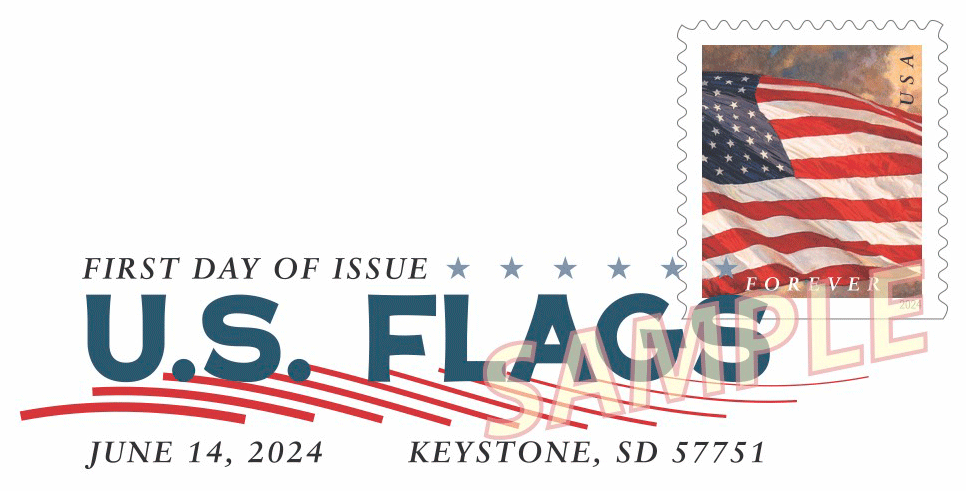Announced October 23, 2023:
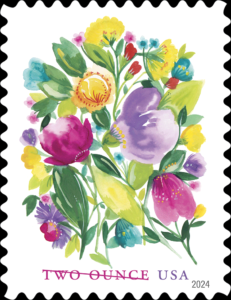 This 2-ounce floral stamp can be used to accommodate the weight of heavy invitations for birthdays, weddings, anniversaries and other celebrations; oversized greeting cards; and small gifts that require extra postage. This stamp is similar in design to the Celebration Blooms Forever stamp, also to be issued in 2024. The two will form a natural pair. This stamp features a vertical graphic illustration of brilliantly colored flowers rendered in ink and gouache paint. Derry Noyes, an art director for USPS, designed the stamp using an existing illustration by artist Kim Parker.
This 2-ounce floral stamp can be used to accommodate the weight of heavy invitations for birthdays, weddings, anniversaries and other celebrations; oversized greeting cards; and small gifts that require extra postage. This stamp is similar in design to the Celebration Blooms Forever stamp, also to be issued in 2024. The two will form a natural pair. This stamp features a vertical graphic illustration of brilliantly colored flowers rendered in ink and gouache paint. Derry Noyes, an art director for USPS, designed the stamp using an existing illustration by artist Kim Parker.
Further information will be posted below the line, with the newest information at the top.
Updated May 7th:
The Scott catalogue number for this issue is 5850
Updated February 8th:
Here are the first-day postmarks for this issue: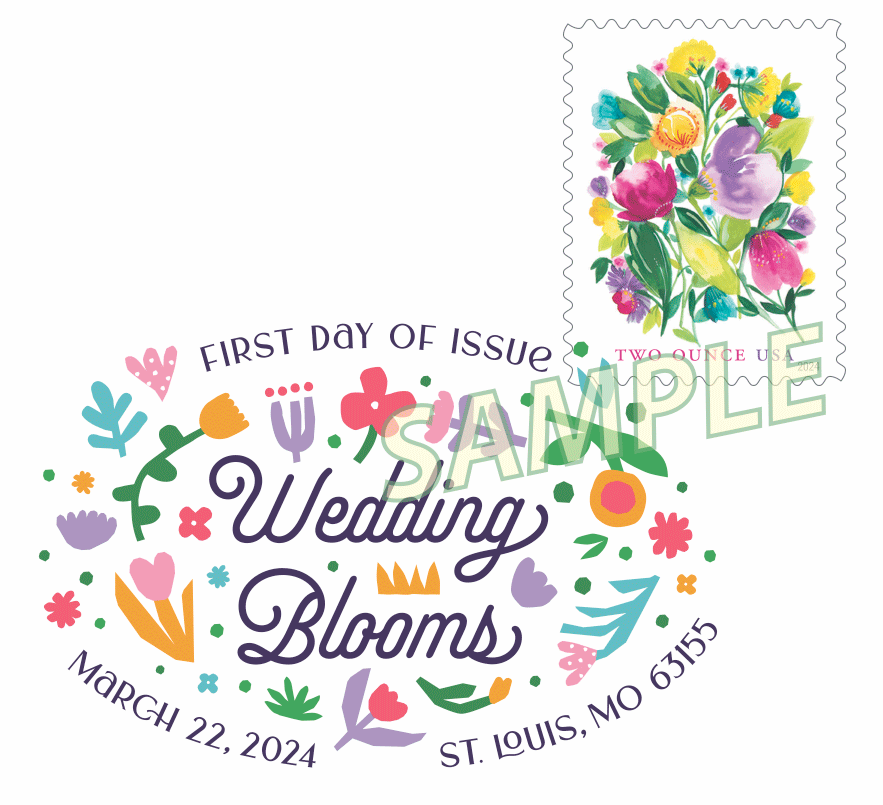 The Digital Color Postmark measures 2.26″ x 1.48″
The Digital Color Postmark measures 2.26″ x 1.48″ There is no Pictorial Postmark for this issue.
There is no Pictorial Postmark for this issue.
From the Postal Bulletin:
On March 22, 2024, in St. Louis, MO, the United States Postal Service® will issue the Wedding Blooms stamp (priced at the Non-denominated, Two Ounce mail rate) in one  design, in a pressure-sensitive adhesive (PSA) pane of 20 stamps (Item 585800). This stamp will go on sale nationwide March 22, 2024, and must not be sold or canceled before the first-day-of-issue.
design, in a pressure-sensitive adhesive (PSA) pane of 20 stamps (Item 585800). This stamp will go on sale nationwide March 22, 2024, and must not be sold or canceled before the first-day-of-issue.
Wedding Blooms is a beautiful and vibrant Two Ounce stamp now available for correspondence celebrating many of life’s special moments. The stamp can accommodate the weight of heavy invitations for birthdays, weddings, anniversaries, and other celebrations, greeting cards for all occasions, and mailings such as small gifts that require extra postage. The stamp design is a tableau of brilliantly-colored, abstract flowers rendered in ink and gouache paint. The Wedding Blooms Two Ounce stamp is similar in design to the Celebration Blooms Forever® stamp, and the two form a natural pair. Art director Derry Noyes designed this stamp with an existing illustration by artist Kim Parker.
Availability to Post Offices: Item 585800, Wedding Blooms (Non-denominated, Two Ounce Mail Rate) Pane of 20 Stamps: No automatic distribution.
How to Order the First-Day-of-Issue Postmark:
Customers have 120 days to obtain the first-day-of-issue postmark by mail. They may purchase new stamps at their local Post Office™ or at The Postal Store® website at store.usps.com/store/home. They must affix the stamps to envelopes of their choice, address the envelopes (to themselves or others), and place them in a larger envelope 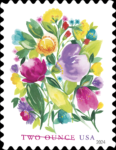 addressed to:
addressed to:
FDOI – Wedding Blooms Stamp
USPS Stamp Fulfillment Services
8300 NE Underground Drive, Suite 300
Kansas City, MO 64144-9900
After applying the first-day-of-issue postmark, the Postal Service™ will return the envelopes through the mail. There is no charge for the postmark up to a quantity of 50. There is a 5-cent charge for each additional postmark over 50. All orders must be postmarked by July 22, 2024.
Technical Specifications:
Issue: Wedding Blooms Stamp
Item Number: 585800
Denomination & Type of Issue: Two Ounce Rate, Non-denominated, Mail Use
Format: Pane of 20 (1 design)
Series: N/A
Issue Date & City: March 22, 2024, St. Louis, MO 63155
Art Director: Derry Noyes, Washington, DC
Designer: Derry Noyes, Washington, DC
Existing Art: Kim Parker, Brooklyn, NY
 Modeler: Sandra Lane / Michelle Finn
Modeler: Sandra Lane / Michelle Finn
Manufacturing Process: Offset, Microprint
Printer: Banknote Corporation of America
Press Type: Alprinta 74
Stamps per Pane: 20
Print Quantity: 55,000,000
Paper Type: Phosphor, Block Tag
Adhesive Type: Pressure-sensitive
Colors: Cyan, Magenta, Yellow, Black, PMS 2076C
Stamp Orientation: Vertical
Image Area (w x h): 0.7700 x 1.0500 in. / 19.5580 x
26.6700 mm
Overall Size (w x h): 0.9100 x 1.1900 in. / 23.1140 x
30.2260 mm
Full Pane Size (w x h): 5.5500 x 5.7600 in. / 140.9700 x
146.3040 mm
Plate Size: 320 stamps per revolution
Plate Number: “B” followed by five (5) single digits in four corners
Marginal Markings:
Front: Plate number in four corners
Back: © 2023 USPS • USPS logo • Two barcodes (585800) • Plate position diagram (8) • Promotional text
Updated November 30th:
Confirmed: This stamp will be issued Friday, March 22, in St. Louis, without a “headquarters” first-day ceremony (but something is likely at the show).
Updated November 15th:
We believe this stamp and Celebration Blooms will be issued March 22nd at St. Louis Stamp Expo. This has not been confirmed by the USPS.

